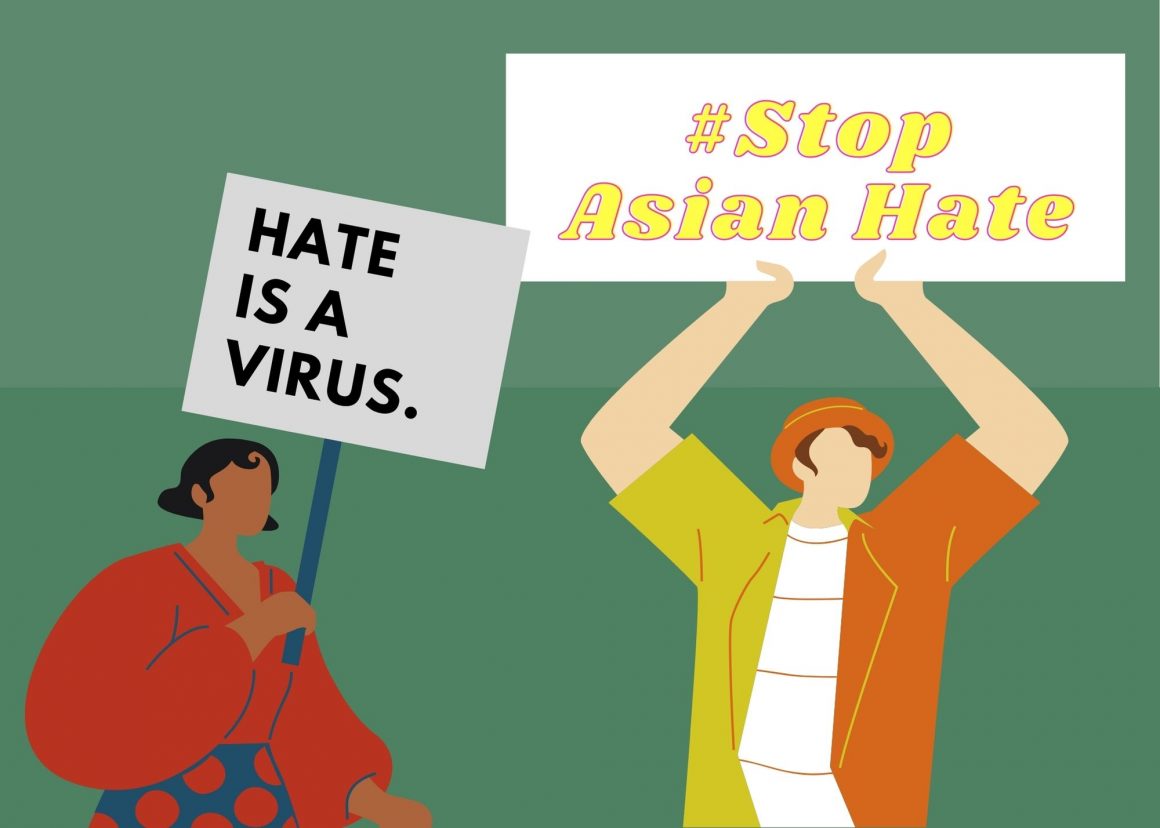
Unpacking anti-Asian racism in academia
By Jenzelle Salazar, December 14, 2021—
Earlier this month, I attended the National Forum on Anti-Asian Racism to further understand the role anti-Asian racism impacts Canadians on the post-secondary level. The event was hosted by the Ryerson University’s Faculty of Arts and demonstrated solidarity through discussions of what anti-Asian racism may look like in post-secondary institutions through an academic lens. Anti-Asian racism in itself is a broad term but, in the context of the academic experience, is about the hate, unequal treatment and systemic discrimination experienced by people of Asian heritage.
It is no surprise that Asian students are at risk of being ostracized due to racialized societal views, such as the idea that they are foreigners, despite their families living in Canada for generations. On top of this, they are subject to stereotypes that reduce them to a monolith and are limited to East Asian stereotypes and caricatures — it also should not be forgotten that Asians across nationalities were collectively targeted for contributing to COVID-19 infection rates, despite many never even leaving the country.
At the same time, the diversity of Asian cultures should also be taken into consideration when understanding that the racialized experiences of Asians will differ from student to student. In the early years of my post-secondary education, I was racially stereotyped by a peer who told me that Filipinos were ‘hoarding nursing and engineering opportunities from others’ because these careers are common in the Filipino community. My experience is but one perspective on what anti-Asian racism can look like but is one of many forms of marginalization that varying ethnicities endure.
“Over the past year, It’s quite likely more than half of the Asian and Asian Canadian students in our universities and colleges have been impacted by anti-Asian sentiment,” said Janice Fukakusa- a Chancellor and corporate director at Ryerson. “It’s also likely that some of those experiences have taken place within the walls, whether real or virtual, of their post-secondary institutions.”
Similarly, Dr. Delia Douglas, the anti-racism practice lead at Ryerson, shared insight on how students are failing to encourage recognizing the racial experiences of one another. Internalized racism among peers is an obstacle standing in the way of equality and is a leading factor in the behaviour directed towards Asian students.
“We are not encouraged to see each other as equals, we are not taught and encouraged to see ourselves in each other, so those are challenges,” she said.
Attending the conference made me more cognizant of my own experience as an Asian Canadian. I remembered when white instructors and peers would treat me, or students who were people of colour (POC), differently than our white counterparts — blatantly with favouritism or leniency. Studying within an environment that catered to white norms and culture, I often felt at an academic disadvantage in my community because of something I could not change. For example, an institution that I had attended had banned the practice of speaking foreign languages and cited that white students and staff felt uncomfortable with the growing use of Tagalog in the student body. This was the way that my friends and I were able to connect and communicate with each other and banning this integral part of our identity made us feel like we, as people, were unwelcome.
While the ban ended a few years after it was introduced, the lasting impacts of it continued to affect me throughout my education, as I came to hate hearing my cultural language being spoken in school. Students who are POC often have to fend for themselves or are expected to perform better due to the imposed cultural stereotypes that institutions operate on. Similarly, I was conditioned to believe that my culture was a burden to others, and I felt shame in being a Filipina.
“Many of us found our voices when we were in university but we continue to feel marginalized as interlopers and imposters,” said Dr. Pamela Sugiman, the Dean of the Faculty of Arts at Ryerson. “Though some of us were introduced to readings about racialization and colonialism in the lecture hall, many still perceive a strict divide between academic curriculum on the one hand, and their personal and family histories, traditions, cultures, and lived experiences on the other.”
There is this notion that our heritage cannot be intertwined with our academic lives — it is a belief that is inherently white supremacist in nature, as it implies a dominance of Western modes of thought and culture over their Eastern counterparts. Dr. Sugiamn adds that “universities have a moral obligation to address racism and all systemic inequalities not only to ensure a safe and healthy learning and work environment for students, faculty, staff and communities but also because we play a key role in shaping the future of our society.”
Post-secondary institutions have the power to lead academic conversations and convene academics to lend their voices in conversations about human rights and equality. Ryerson’s National Forum on anti-Asian Racism was what I believe to be the start of a concrete framework surrounding discussions of racism on campus.
This article is a part of our Voices section.
